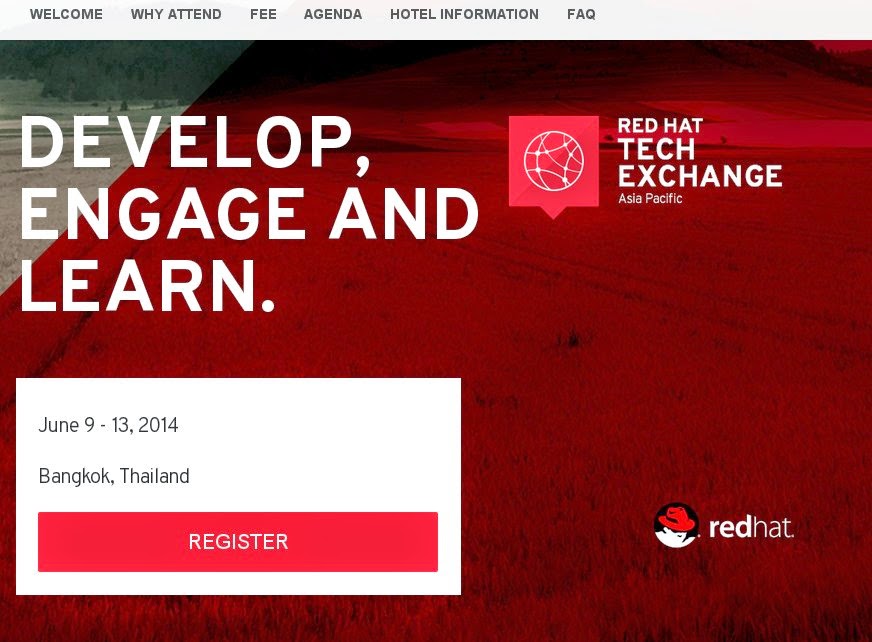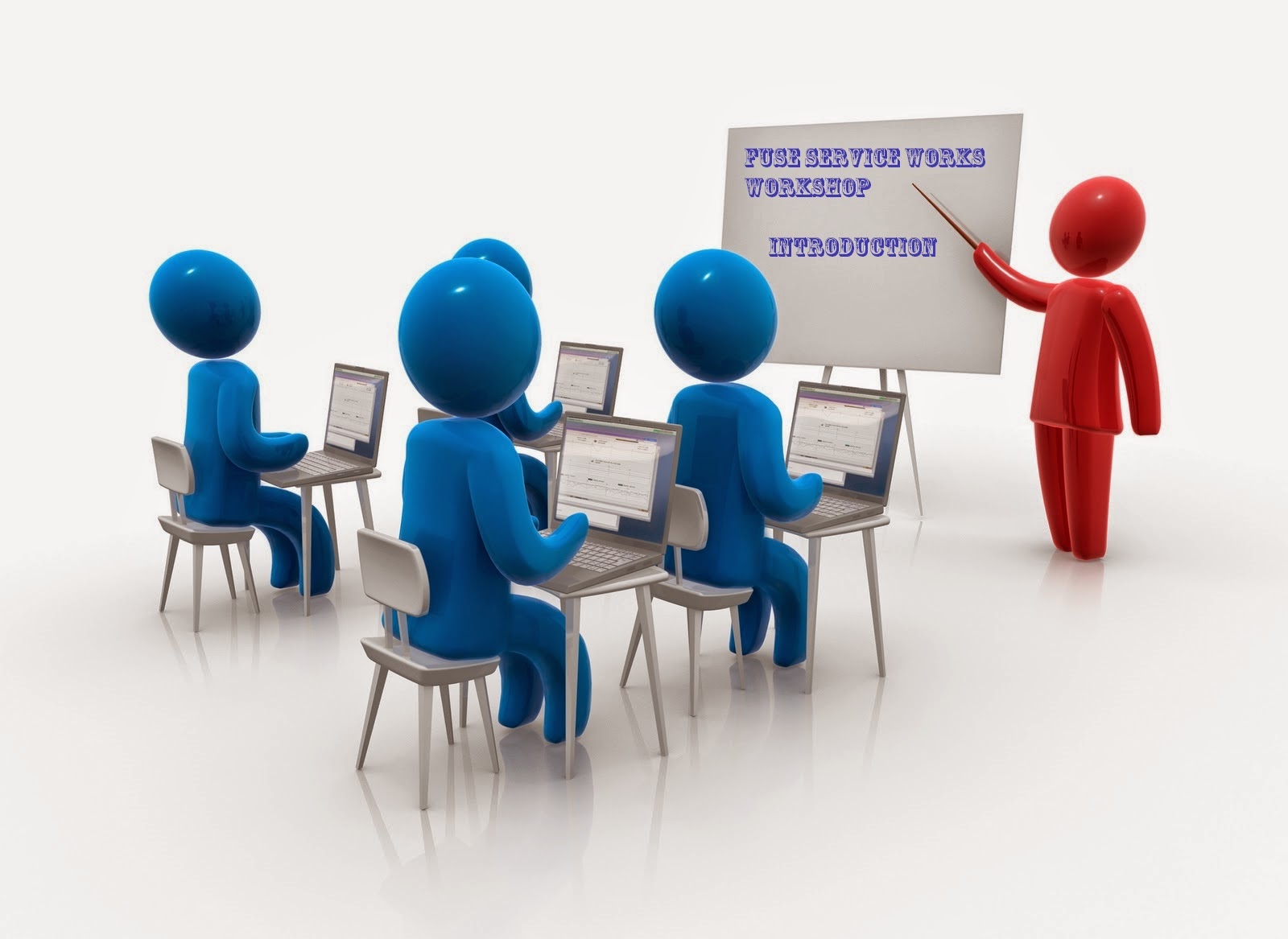Come join us for this webinar on Data Virtualization and Data Security. The webinar also includes a live demo!
Register at https://vts.inxpo.com/scripts/Server.nxp?LASCmd=AI:4;F:QS!10100&ShowKey=20059&AffiliateData=rhweb&Referrer=http%3A%2F%2Fwww.redhat.com%2Fabout%2Fevents-webinars%2Fwebinars%2F20140611-gain-control-and-use-all-your-date-security-with-data-virtualization
Gain control and use all your data security with data virtualization
Data is the life blood of the enterprise. Do you feel comfortable with the amount of control you have over all of your data? Do you know who’s accessing it and when? Can you centrally set and control a consistent level of access across all data sources? If not, data virtualization can help.
New data sources are constantly being added, and the volume of data keeps increasing. Data virtualization lets you easily create departmental or audience-specific data marts so that applications have access to only the data they absolutely need. Because there's no moving or copying of the data required with data virtualization, there's only 1 source of the data to monitor and manage.
In this webinar, you’ll learn:
New data sources are constantly being added, and the volume of data keeps increasing. Data virtualization lets you easily create departmental or audience-specific data marts so that applications have access to only the data they absolutely need. Because there's no moving or copying of the data required with data virtualization, there's only 1 source of the data to monitor and manage.
In this webinar, you’ll learn:
- How data virtualization helps you implement a data firewall for secure data access.
- How to implement centrally manageable data access policies regardless of data source type.
- Role-based security, row/column masking, and extensive auditing capabilities.
Register at https://vts.inxpo.com/scripts/Server.nxp?LASCmd=AI:4;F:QS!10100&ShowKey=20059&AffiliateData=rhweb&Referrer=http%3A%2F%2Fwww.redhat.com%2Fabout%2Fevents-webinars%2Fwebinars%2F20140611-gain-control-and-use-all-your-date-security-with-data-virtualization











